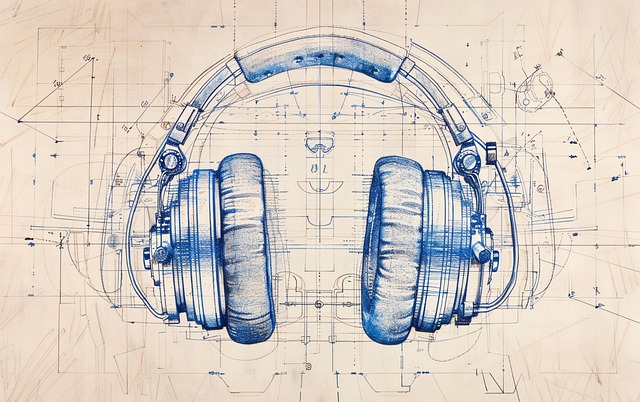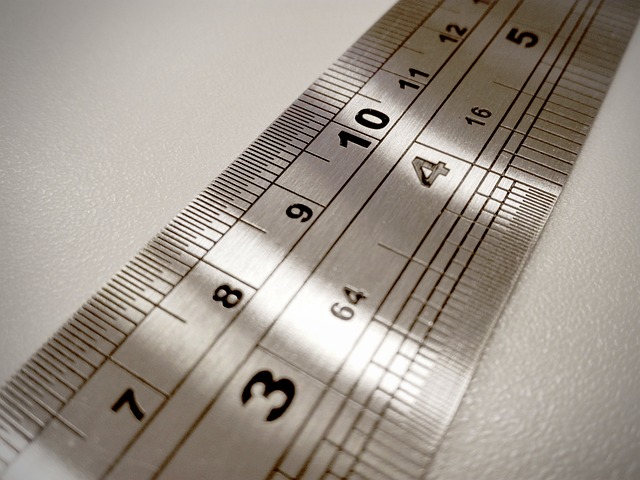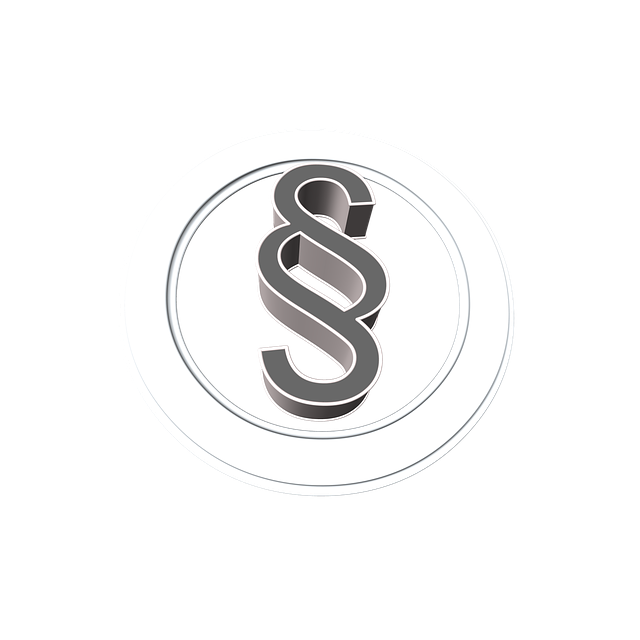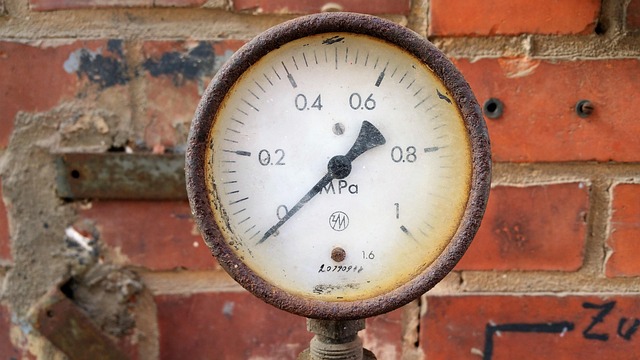Optimizing UK Tech Standards: The Power of Accurate Translation Services
TL;DR:Maintaining accuracy in UK technical guidelines is critical due to potential consequences of errors, especially with global trade engagements. Professional translators specializing in this domain ensure precise translations, crucial for industr…….

TL;DR:
Maintaining accuracy in UK technical guidelines is critical due to potential consequences of errors, especially with global trade engagements. Professional translators specializing in this domain ensure precise translations, crucial for industries like healthcare, engineering, and manufacturing worldwide. Challenges include terminology consistency and cultural differences, requiring skilled language professionals with technical expertise and industry knowledge. Best practices involve leveraging reputable services, machine translation post-editing, and industry-specific terminologies. Case studies show successful implementation through translations of ISO 9001 standards, leading to improved efficiency and international recognition. Integrating Quality Assurance (QA) ensures accurate translated documents, while future advancements in AI and Machine Translation (MT) aim to revolutionize global accessibility and understanding of UK technical guidelines.
Enhancing the accuracy of UK technical guidelines is vital for ensuring compliance with regulations and maintaining high-quality standards. This article explores the critical role of translation services in this process, delving into challenges specific to technical documentation and offering best practices for effective translation and localization. We examine case studies showcasing successful standardization efforts and discuss future trends shaping translation for technical guidelines, emphasizing the importance of reliable translation services for UK Technical Guidelines and Standards.
- Understanding the Importance of Accuracy in UK Technical Guidelines
- The Role of Translation Services in Ensuring Compliance
- Challenges in Translating Technical Documentation
- Selecting the Right Language Professionals for Your Project
- Best Practices for Effective Translation and Localization
- Case Studies: Success Stories in UK Technical Standardization
- Integrating Quality Assurance into Your Translation Process
- Future Trends in Translation for Technical Guidelines
Understanding the Importance of Accuracy in UK Technical Guidelines

Accuracy is paramount when it comes to UK technical guidelines, as these documents serve as critical references for industries across the spectrum. Whether it’s ensuring safety standards, implementing best practices, or facilitating trade, precise and up-to-date guidelines are essential. Even a minor error can lead to costly missteps, legal complications, and damage to reputation.
Translation services play a pivotal role in maintaining accuracy within UK technical guidelines and standards, especially as the country engages in global commerce. Professional translators who specialize in this domain possess not only linguistic proficiency but also a deep understanding of technical terminology and cultural nuances. They meticulously bridge the gap between complex ideas, ensuring that translated guidelines remain faithful to their original intent and meaning.
The Role of Translation Services in Ensuring Compliance

In today’s globalised world, ensuring accuracy across diverse languages is paramount, especially within the realm of UK technical guidelines and standards. Translation services play a pivotal role in this process, acting as a bridge between regulatory requirements and international comprehension. Professional translators equipped with industry-specific knowledge can accurately interpret complex technical terminologies, ensuring that every document adheres to the source material’s intent while meeting local language nuances.
By leveraging translation services for UK Technical Guidelines and Standards, organisations can mitigate risks associated with inaccurate or inconsistent translations. This is particularly crucial in industries where technical precision is non-negotiable, such as healthcare, engineering, and manufacturing. Translation services not only enhance compliance but also foster effective communication, enabling stakeholders worldwide to understand and implement these guidelines seamlessly.
Challenges in Translating Technical Documentation

Translating technical documentation presents several unique challenges, especially when it comes to UK technical guidelines and standards. One of the primary hurdles is terminology consistency. Technical fields often employ specialized terms that require precise translations to maintain their integrity. Different languages may not have direct equivalents, leading to potential misinterpretations if not handled carefully. For instance, a term used in UK engineering standards might not carry the same meaning or context when translated into another language.
Another challenge lies in cultural differences and their impact on technical communication. What seems straightforward in one culture might be conveyed differently in another, affecting the overall clarity of the document. This is particularly important in guidelines that aim to be universally applicable. Professional translation services for UK technical documents should consider these nuances, ensuring that the translated content accurately reflects the original intent while remaining culturally sensitive and accessible to a global audience.
Selecting the Right Language Professionals for Your Project

Choosing the right language professionals is paramount when aiming to enhance the accuracy of your UK technical guidelines through translation services. Look for experts with a proven track record in translating technical documents, ensuring they possess the necessary linguistic skills and domain knowledge specific to your industry. Ask about their qualifications, experience handling similar projects, and any specialized terminology databases or quality assurance processes they employ.
When evaluating potential translators, consider their proficiency in both source and target languages, as well as cultural nuances. Native speakers with technical expertise are ideal, but don’t overlook qualified professionals who have a deep understanding of the UK market and regulations. Verify their work by requesting samples, checking client testimonials, or even consulting previous clients to ensure they deliver high-quality translations that adhere strictly to your technical guidelines and standards.
Best Practices for Effective Translation and Localization

When it comes to enhancing the accuracy of UK technical guidelines, effective translation and localization practices are paramount. Start by selecting reputable translation services that specialize in technical documentation and adhere to industry standards. This ensures consistent terminology and cultural nuances are appropriately addressed across all languages.
Implementing best practices such as machine translation post-editing, where AI is used for initial translation followed by human experts who refine the output, significantly improves accuracy and efficiency. Additionally, leveraging terminologies and glossaries specific to your industry guarantees precise and consistent translations. Remember that localization goes beyond words; it involves adapting content to local markets, including cultural references and regulatory requirements.
Case Studies: Success Stories in UK Technical Standardization

In the pursuit of enhancing the accuracy of UK technical guidelines, case studies offer valuable insights into successful standardization processes. Many organizations have benefited from translating and implementing international standards, such as ISO 9001 for quality management systems, which have been tailored to the UK context. These translations not only ensure compliance with global best practices but also provide a framework for consistent application across industries.
For instance, a leading automotive supplier in the UK adopted ISO 9001 after recognizing its importance in maintaining high-quality standards and fostering international recognition. By aligning their internal processes with the translated guidelines, they improved efficiency, reduced errors, and gained a competitive edge. Similarly, healthcare providers have leveraged translated EU medical device regulations to streamline certification processes, demonstrating the tangible benefits of translating UK technical guidelines and standards into actionable knowledge.
Integrating Quality Assurance into Your Translation Process

Integrating Quality Assurance (QA) into your translation process is vital for enhancing the accuracy of UK technical guidelines and standards. It involves a systematic approach to ensure that translations meet the required quality levels, adhering strictly to source material intent and regulatory requirements. QA processes include proofreading, editing, and review by subject matter experts to catch even the subtlest errors or discrepancies.
By implementing robust QA protocols, translation services for UK technical guidelines can guarantee consistency, clarity, and precision in translated documents. This is particularly crucial given the complex nature of technical content, which often requires specialized knowledge to convey accurately. Regular QA checks also help identify potential gaps or misinterpretations, ensuring that the final output aligns perfectly with the original intent.
Future Trends in Translation for Technical Guidelines

As technology continues to evolve, so do the demands for precise and efficient translation services for UK technical guidelines and standards. Future trends in translation are set to revolutionize how we approach localization, ensuring that these guidelines remain accurate and accessible across diverse markets. Artificial Intelligence (AI) and Machine Translation (MT) will play a pivotal role in enhancing speed and cost-effectiveness. Advanced AI algorithms can now handle complex linguistic nuances, enabling rapid translation of technical documentation while maintaining its integrity.
Additionally, the integration of Neural Machine Translation (NMT) promises to deliver more natural-sounding translations, capturing subtle cultural references and idiomatic expressions accurately. This is particularly crucial for UK technical guidelines as they often require a deep understanding of regional dialects and customs. With these innovations, translation services can keep pace with globalized business demands, ensuring that technical standards are universally understood and adhered to.
To ensure the continued evolution and precision of UK technical guidelines, leveraging translation services specializing in these documents is essential. By integrating best practices, quality assurance, and staying informed about industry trends, organizations can enhance accuracy and compliance across all language versions. Optimizing these guidelines through effective translation and localization not only improves clarity for users but also reinforces the UK’s position as a leader in technical standards globally.




